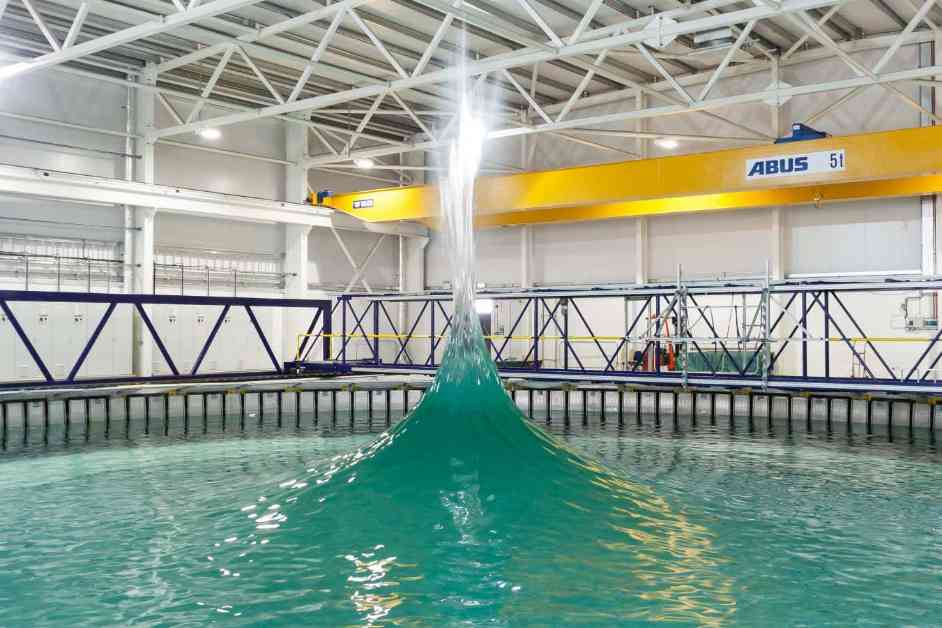Scientists have recently conducted experiments in a state-of-the-art wave tank to investigate the potential size and power of rogue waves. These experiments have revealed that we may have underestimated the risk that these freak waves pose to offshore infrastructure such as ships, wind farms, and oil rigs.
The researchers used a circular tank that is capable of generating waves from multiple directions, creating what they referred to as “3D” waves. These waves closely resemble the real waves found in the ocean, including rogue waves that are known for their steep and large characteristics.
Compared to waves generated in standard one-way tanks, the waves produced in the multidirectional tank grew higher and larger. This discovery has significant implications for industries that rely on offshore structures, as it suggests that the potential threat of rogue waves may be more significant than previously thought.
Rogue waves, also known as freak waves, are waves that are much larger than the surrounding waves and can appear unexpectedly. These waves have the potential to cause serious damage to ships and offshore installations, making them a major concern for industries operating in the open ocean.
The findings from these experiments highlight the importance of further research into the behavior of rogue waves and the development of strategies to mitigate the risks they pose. By better understanding the size and power of these waves, engineers and designers can work to improve the resilience of offshore structures and ensure the safety of those working in these environments.
Overall, the study sheds light on the hidden danger of freak waves and emphasizes the need for continued efforts to enhance our understanding of these extreme ocean phenomena. It is crucial for industries to take into account the potential impact of rogue waves when designing and operating offshore infrastructure, in order to minimize the risk of damage and ensure the safety of personnel at sea.
